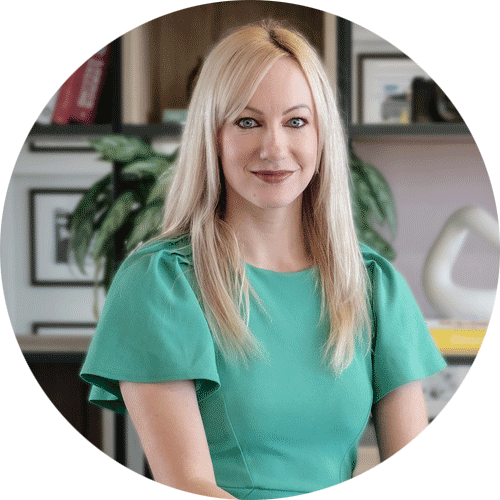A year on from the riots: Why it’s more important than ever to create spaces where cultures mix and communities thrive.

Esme Roberts
Account Director
1 August 2025
The end of the July marks a year since 29 anti-immigrant demonstrations and riots erupted across 27 towns and cities across the UK – including London, Manchester, Sunderland, Hartlepool, Rotherham, and Belfast. Far-right groups used social media platforms to mobilise rioters, which led to a week of civil unrest. Sadly, the impact of the disruption had a more lasting effect. Mental health organisations reported fear, trauma and isolation among black, Asian, refugee and asylum-seeker communities, and many refugee charities reported lasting psychological impacts.
A year on, and a report by thinktank, British Future, and the social cohesion group, Belong Network, found there was a risk of unrest being reignited unless urgent action was taken to address issues of polarisation and division.
The research found that 31% of adults said they rarely or never had opportunities to meet people from different backgrounds, alongside a third of people who said they seldom had the chance to meet others in their local area. Personally, I find this deeply troubling – not only because I reject hatred, but because some of the most meaningful experiences in my life have come from learning with – and from – people with different cultures and life stories.
It indicates how easily social bonds can fray when people lack spaces to meet, mix and build relationships. I firmly believe embracing cultural diversity and fostering genuine connections is the antidote to division. The design of our neighbourhoods and public spaces play a vital role in reversing that trend – creating the conditions for chance encounters, shared experiences and stronger community ties.
Turning spaces into places for people
The most successful housing developments show that vibrant public realms, lively street-level spaces and arts and culture activities are key to creating places that don’t just house communities, but actively nurture them.
This marks a major shift from the way we built in the 1970s and 1980s, when too many developments turned their backs on the street. Instead of vibrant frontages, we often saw blank walls, service yards or car parks where there could have been shops and cafés. Streets felt empty and uninviting, and as a result, neighbourhoods lacked energy, where people didn’t hang around and, in some cases, didn’t feel safe. And while we’ve made progress since then, the risk isn’t entirely extinct: many new communities still fall into the trap of prioritising private space or car access over active, people-focused streets which threatens to make the mistakes of the past.
In contrast, the most successful communities, and those that create them, recognise that lively, well-activated public spaces are essential to building strong, connected places. By opening cafés, shops, co-working spaces and cultural venues directly onto the street, it creates a constant flow of people and a social “buzz” that makes the neighbourhood feel inclusive and alive. Together, they turn private developments into shared communities where meaningful interaction becomes part of the everyday. This doesn’t happen by accident – the responsibility lies with the developers, local authorities and placemakers to prioritise design and activities that put people and community life at the centre.
Moments that shape a community
It’s not just about the physical spaces either – it’s the moments and experiences that build the character. Many new communities being brought forward have dedicated teams or partners that curate cultural and community events and opportunities for people to come together. Seasonal festivals, art installations, pop-up markets, and workshops bring life and energy to the spaces we share – it encourages residents and visitors alike to linger, connect and take part in the life of the neighbourhood.
Dance evenings are a great example of how shared experiences can bring people together. They create spaces where people from all cultures and backgrounds can connect through movement, welcoming local residents, workers, and visitors and offering opportunities for interaction that might not happen otherwise. Events like outdoor dance classes are particularly powerful – they don’t rely on a shared language, which for many, can be a social barrier that’s both intimidating and isolating. By removing the need for words, these gatherings create an inclusive space where people find common ground through dance. As someone who loves to dance, I really value the chance to connect with new people through it.
Telling a story of a place
Storytelling and communication that provokes emotion and connection is the bread and butter of what we do – it’s why many of us work in comms. We embed ourselves in the communities we work with, so we understand the area and the people who already live or aspire to live there. We don’t just tell people about a place – we help create reasons for them to engage with it. That might mean promoting cultural events and pop-ups that bring a diverse mix of people together, shaping narratives that reflect the character and values of a neighbourhood, or building trusted relationships with local stakeholders to ensure all voices are heard. We share the same goals as our clients and measure our success on what we helped create – a place where people feel welcome, involved and proud to belong.
A shared future starts with shared spaces
Life feels richer when we share experiences with others, learn from other cultures and beliefs and truly celebrate our differences. That’s the kind of place I want to live in – and help shape. But we won’t get there by chance and we cannot allow what happened last year to happen again. Division only thrives when people live apart – not together. By designing neighbourhoods where cultures mix, stories are shared, and everyone feels welcome, we can turn fear into trust and strangers into neighbours. This isn’t just about building places – it’s about building a future where hatred has no home.